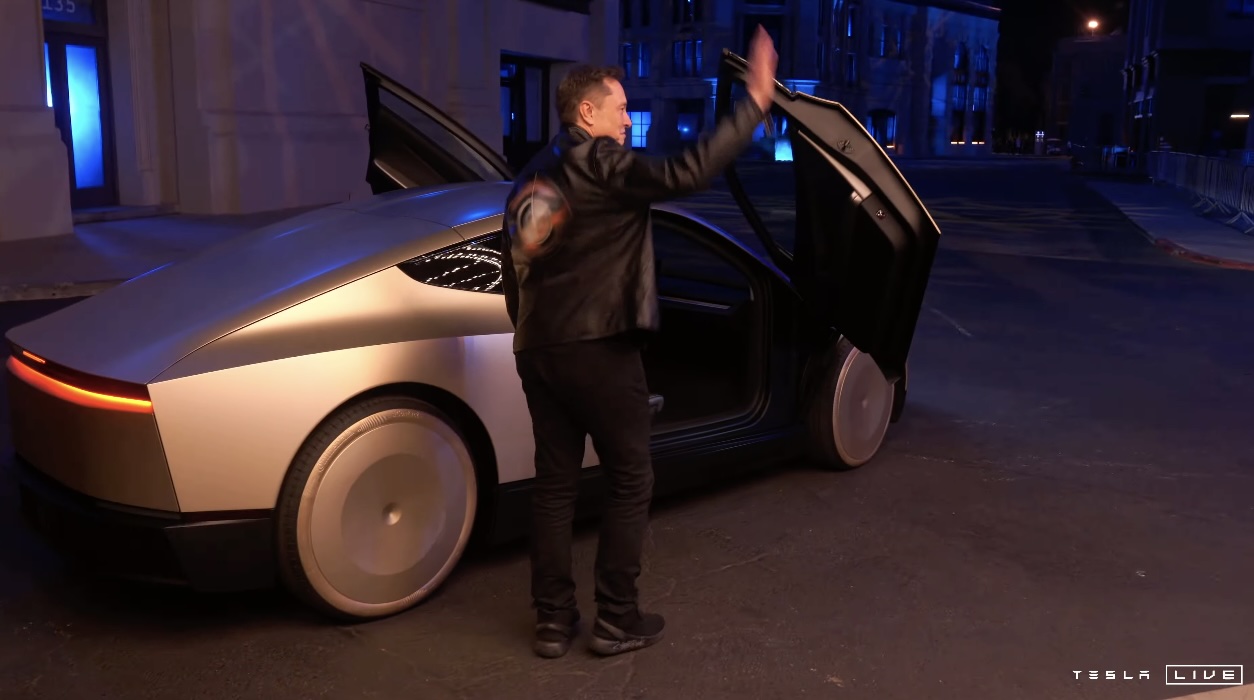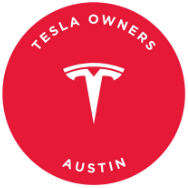Tesla Robotaxi: Separating Fact from Fiction
As the June launch date for Tesla’s Robotaxi approaches, the tech world is buzzing with excitement and anticipation. However, not everyone is convinced of the potential success of this groundbreaking development.
Despite the lack of concrete evidence, some skeptics have already labeled the Robotaxi rollout as a “failure” and “an enormous mess.” Biased opinions and sensationalism have clouded the true potential of this innovative technology.
One recent article from Futurism highlighted the negative views of critics like Dan O’Dowd, a vocal opponent of Tesla’s Full Self-Driving capabilities. While it is important to consider all perspectives, it is equally important to acknowledge the positive experiences and successes of users who have embraced this technology.

Credit: Tesla
While criticisms of Tesla’s Full Self-Driving technology are valid, it is essential to consider the overall safety record of Tesla vehicles equipped with Autopilot. The recent Vehicle Safety Report revealed that Autopilot-enabled cars are nearly 10 times less likely to be involved in accidents compared to the national average.
It is true that Tesla has faced challenges with meeting timelines in the past, especially regarding Full Self-Driving capabilities. However, the company has taken a more cautious approach with the Robotaxi rollout, starting with a small fleet of Model Y vehicles in Austin. This controlled launch will allow Tesla to address any potential issues before expanding the program.
Despite concerns raised by some media outlets and regulatory bodies like the NHTSA, it is important to give Tesla the opportunity to prove the viability of the Robotaxi platform. With proper oversight and testing, Robotaxi has the potential to revolutionize the ride-sharing industry and pave the way for autonomous transportation.

